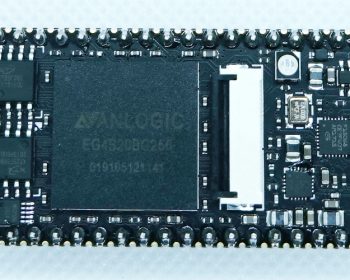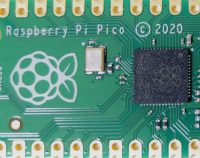In the previous article, I wrote the RISC-V core on the FPGA and set up the environment to develop software with Arduino IDE. In this article, I will try to control the I/O of this RISC-V processor to run external devices. TANG PriMER FPGA Development Board Try to use SPI First, let’s use the SPI interface. The device to be connected is the EEPROM made by ROHM, which was used in this article.BR25L320 device Hardware The I/O pins on the TANG PriMER board correspond to the SPI signals as shown below. Note that only the SPI MOSI signal is not connected to the 2.54mm pitch pins on the board, and needs to be pulled out from the outer half-pitch header. Also, the SPI CS signal is implemented using GPIOs as shown in the program below. Software The following program is built on the ArduinoIDE to confirm that the EEPROM address
Read more
